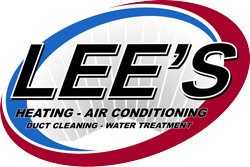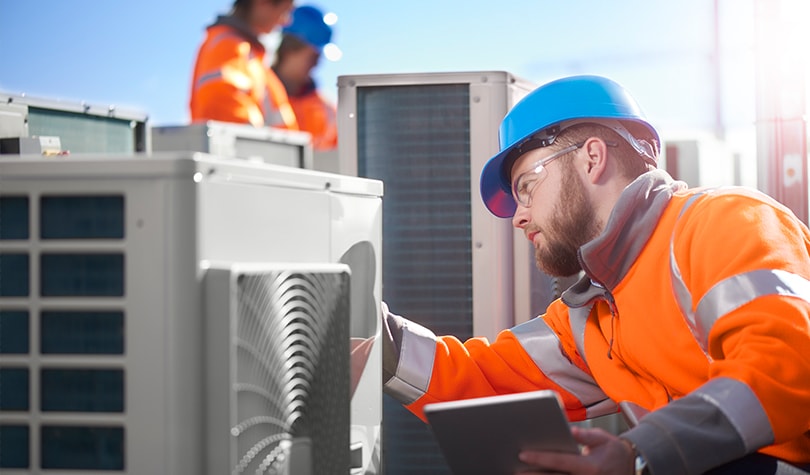Carbon monoxide is deadly. It can kill you and your family without warning, even as you sleep. You must have heard stories about people who unknowingly breathe in the colorless, odorless gas. Therefore, it is important to understand the dangers of carbon monoxide poisoning and learn about ways to protect your family.
Do you have American Standard heating and cooling systems at home? Is your HVAC system more than 15 years old? If so, it’s the right time to invest in American Standard heating and cooling systems.
What is Carbon Monoxide?
Carbon monoxide is a poisonous gas often called a silent killer. It is a tasteless, colorless, and odorless gas which makes it difficult to suspect its presence. While some people choose to get carbon monoxide detectors installed at their home, these devices do not sound their alarm unless the levels of carbon oxide are already dangerously high.
HVAC and Increased CO Poisoning Risk
If you are using American Standard heating and cooling systems that are more than a decade old, there are chances of a malfunctioning air conditioner or furnace. A system can malfunction when the gas does not properly vent out. A plugged furnace can trap the gas which is meant to be eliminated.
A hole in the heat exchanger can also cause the release of carbon monoxide in to the home which can prove fatal.
Symptoms of CO Poisoning
Exposure to carbon monoxide is often accompanied by the following symptoms:
- Headache
- Shortness of breath
- Dizziness
- Fatigue
- Depression
- Nausea
- Agitation
- Vomiting
- Impaired judgment
- Visual changes
- Abdominal pain
- Problem in walking
- Seizure
- Drowsiness
- Memory problem
If you suspect CO poisoning, leave your home immediately and seek emergency care.
HVAC Safety Tips To Prevent CO Leaks
Carbon monoxide leaks often come from the heating system and ventilation problems. Your HVAC technician can help prevent carbon monoxide leaks from happening. Here are some safety tips to keep you safe.
- Schedule Regular Furnace Maintenance
Once a year, ideally before the start of winter, get your furnace, fireplace, chimneys, and vents inspected by a qualified professional. Small problems can be addressed immediately before carbon monoxide becomes a problem.
- Clean the Vents
A common cause of carbon monoxide leak is blocked vents or chimney flues. The furnace ventilation system is designed to move the poisonous gas out of the building but clogged vents are unable to perform their job.
Vents can get clogged by years-worth of dust and debris. Moreover, the blockage can also be caused by bird, insect, or rodents.
- Inspect Heat Exchanger
The job of a heat exchanger is to vent out the poisonous gas which results from heat combustion. Over time, heat exchanger can develop cracks, holes, corrosion but you will never know as the furnace may be working fine.
The most common cause of carbon monoxide is a failed or leaking heat exchanger. Opting for preventive maintenance of heat exchanger can help you check carbon monoxide leaks.
Want to get a new American Standard heating and cooling systems installed in your home? Reach out to Lee’s Heating and Air professionals. Call 801-467-1561 today to schedule an appointment!


